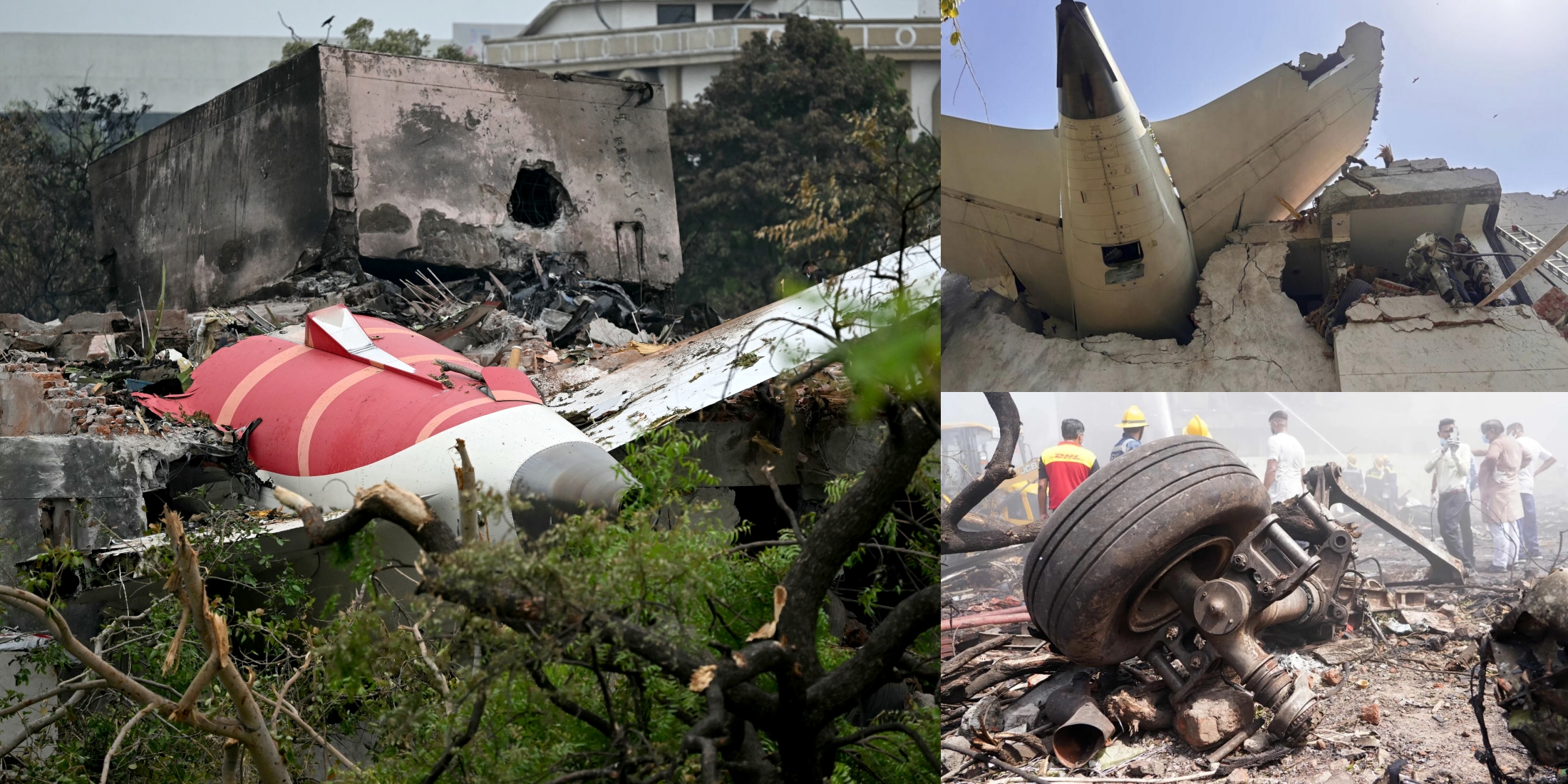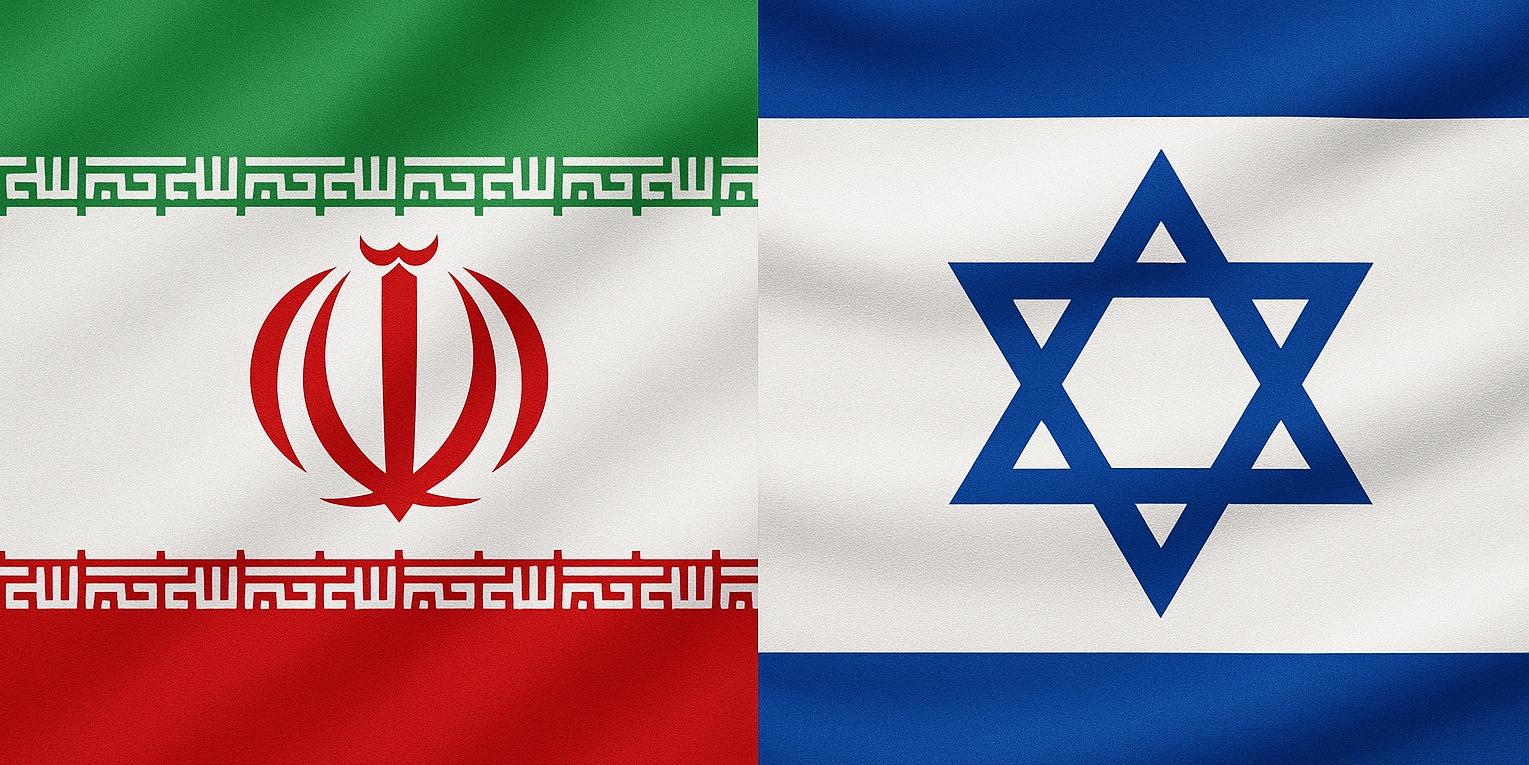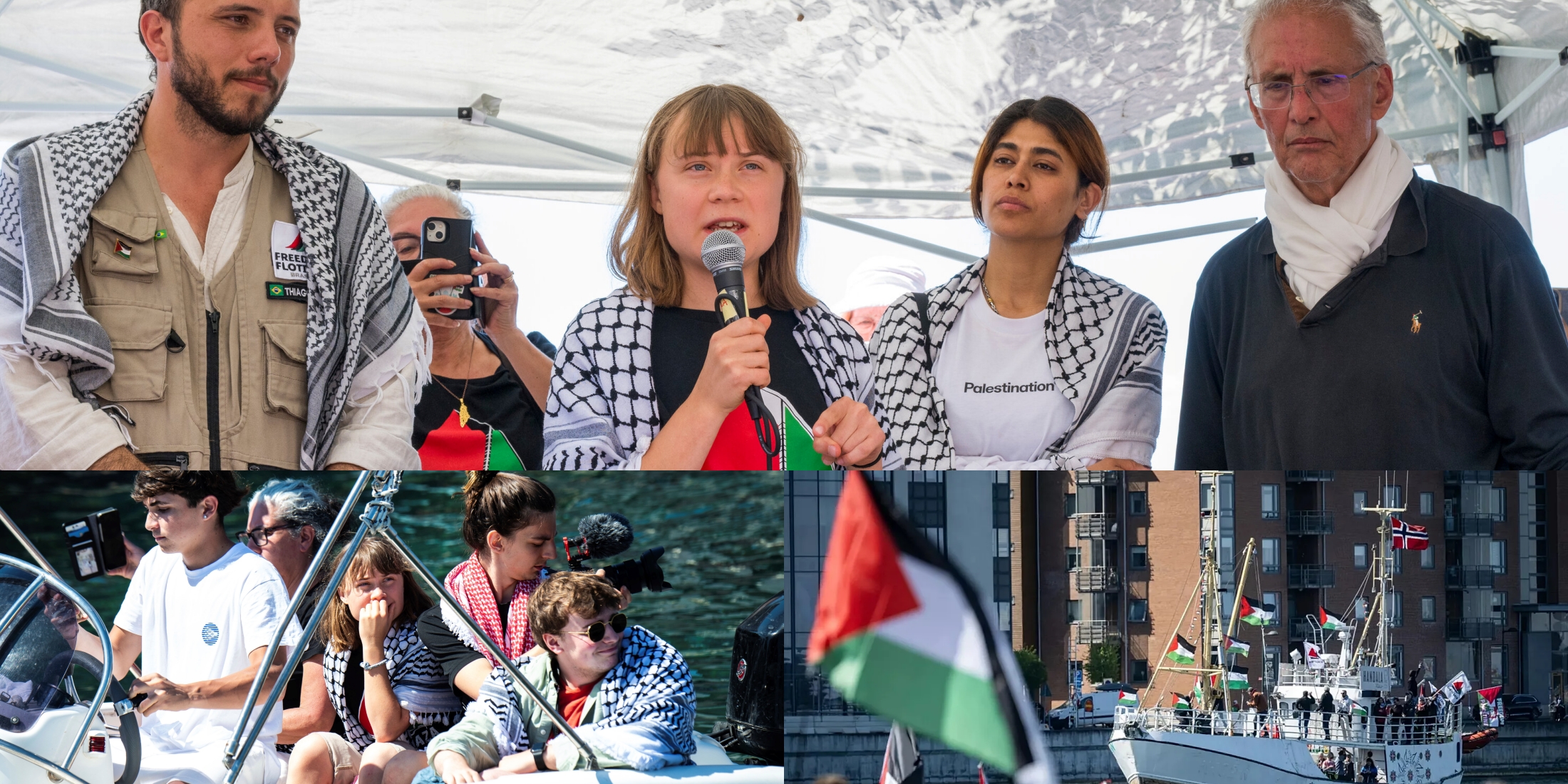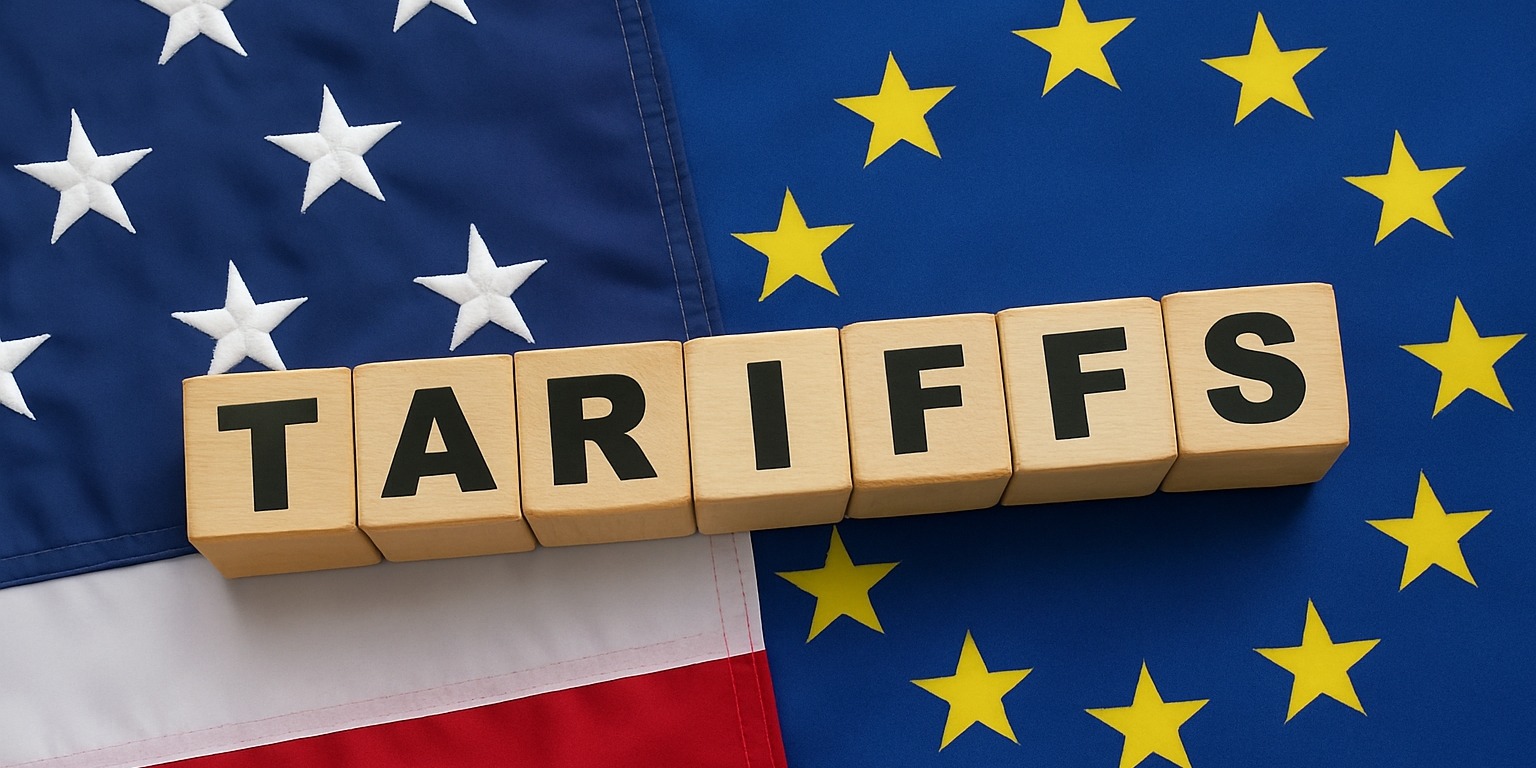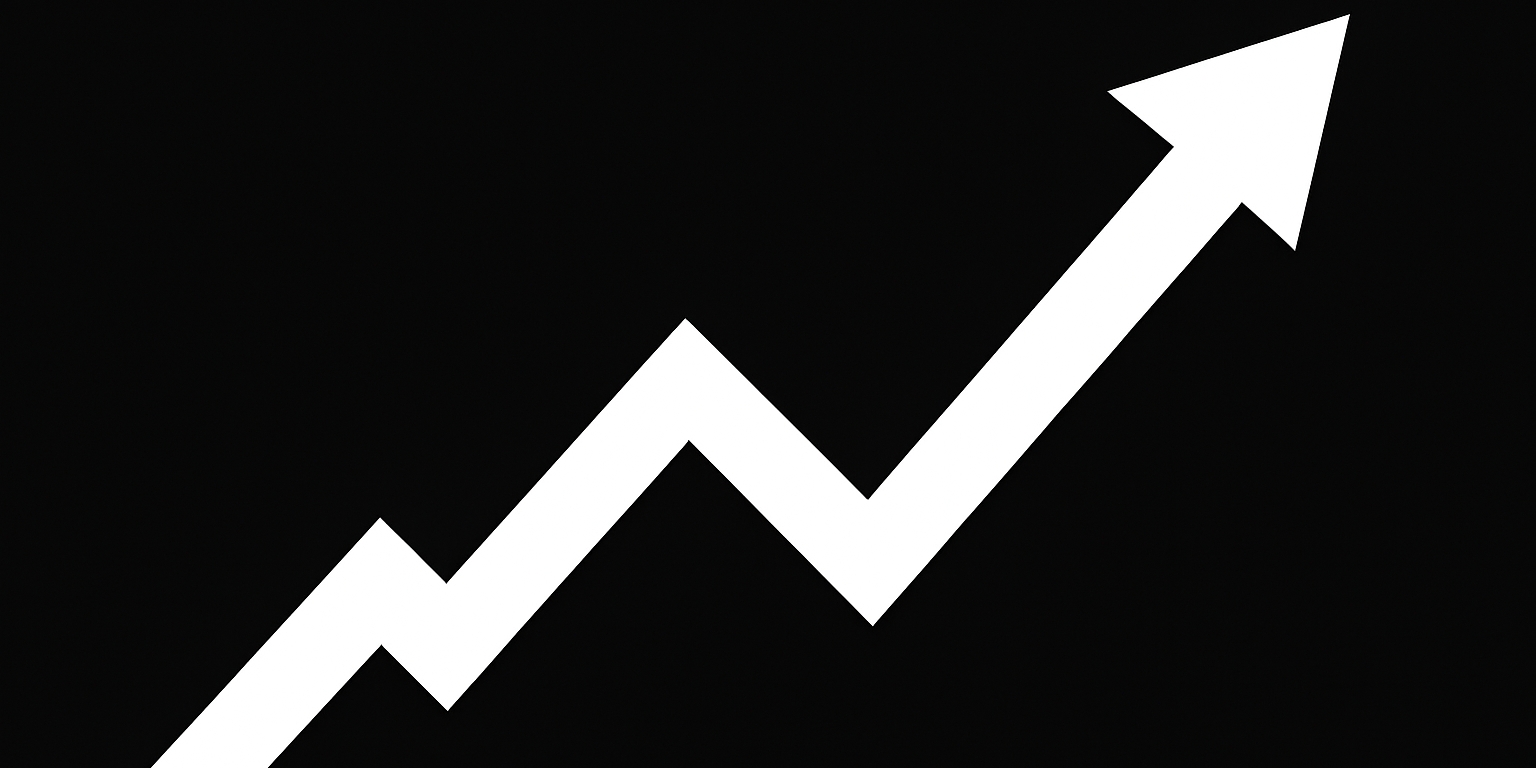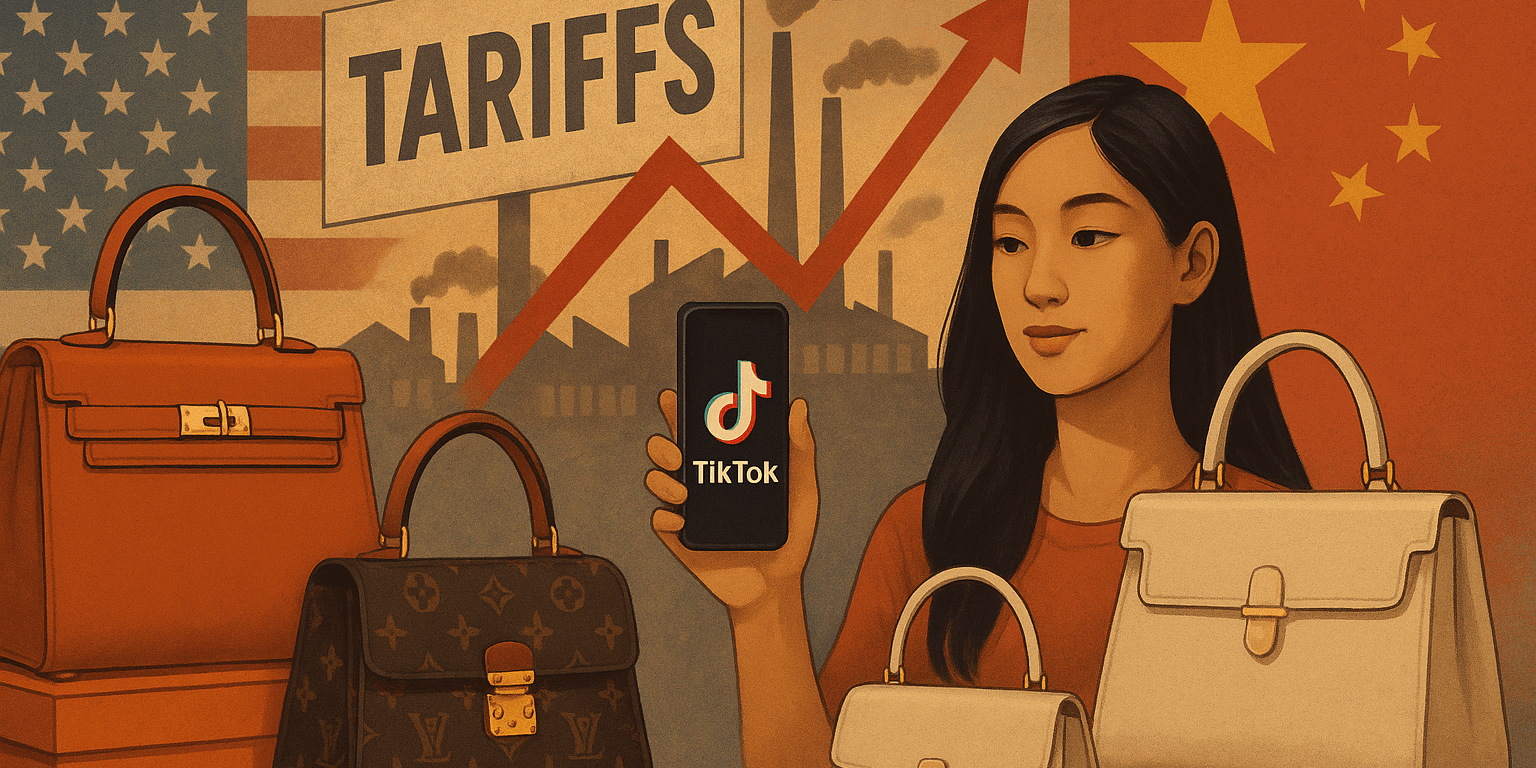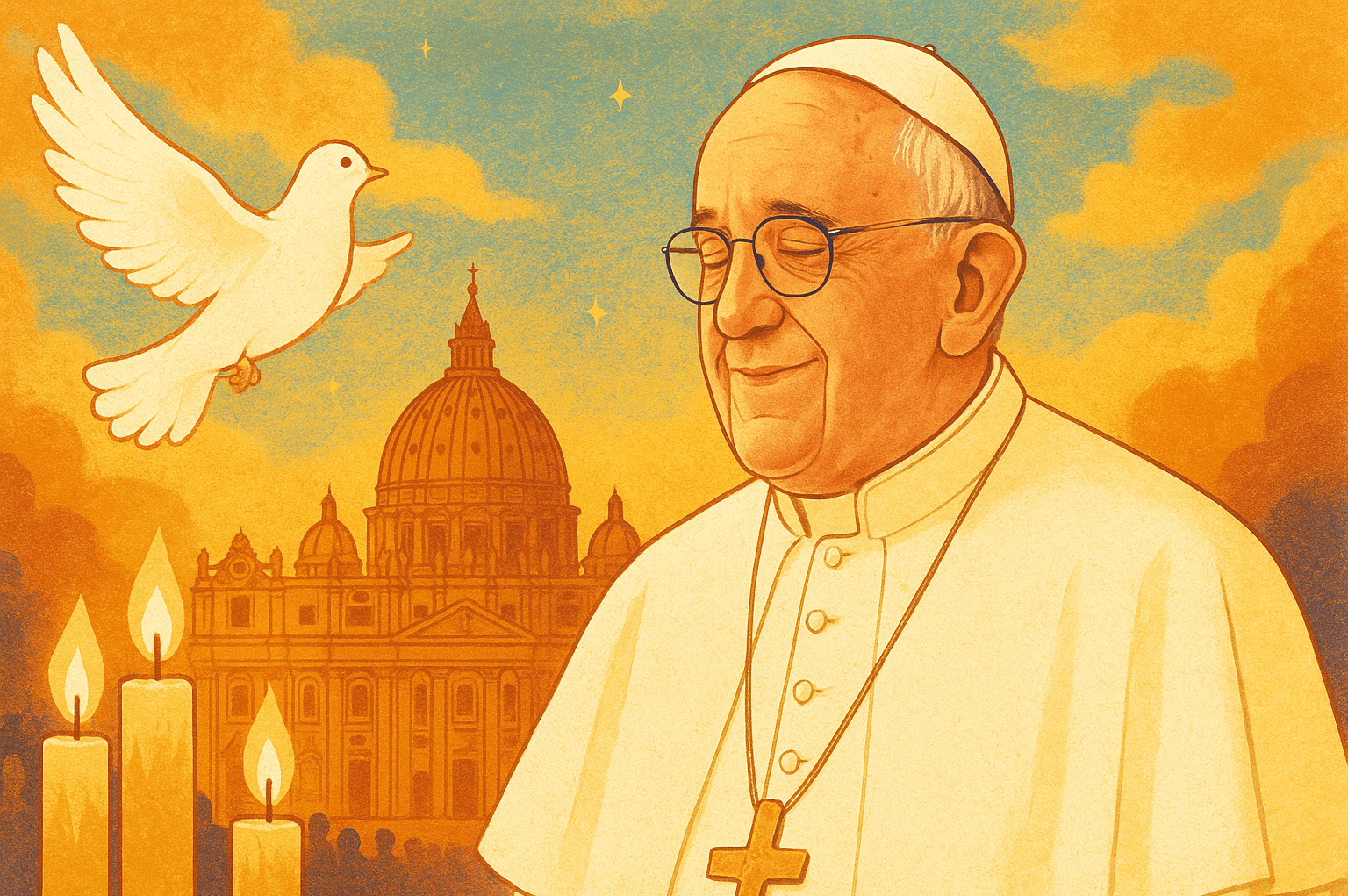These are not art paintings but real, impulsive creations by common folks and students, instigated by the suppression of demonstrations. Every slogan and every image conveys the message of justice and unity of the movement turning public spaces into common grounds for protest. It is the people’s fight painted on the walls of the city and translates into the message of a population that wanted to be heard for so long.
The history of graffiti in Bangladesh started from the language movement of 1952 with Bengali slogans, even when Bangladesh didn’t exist on the map. The graffiti from the liberation war of 1971, though few in numbers, still sends shivers down your spine. In the course of time it became more popular as a tool for protest, as it informs the public during the social and political turmoil, the opinions of ordinary people.
The toppled government’s reluctance against the quota reforms in the public service gave birth to the July movement. This unrest surged to its apex on July 16 when the protest was marked by some bloodshed as the national police shot Abu Sayed to Death. That was the flashpoint for the massive outrage.
After July 2024, graffiti in Dhaka is not just a temporary message against oppression anymore. It’s a form of protest in its own right. What had been simple walls, alleys, and even derelict structures became canvases for desperate, fiery, and sarcastic slogans. The reintroduction of the quota system which many people considered as a discriminatory measure provoked protests. But it was the violent police action on July 16 that gave resonance to the movement. The authorities’ violent crackdown of the peaceful protesters transformed every corner of Dhaka into a site of mourning, anger and protest.
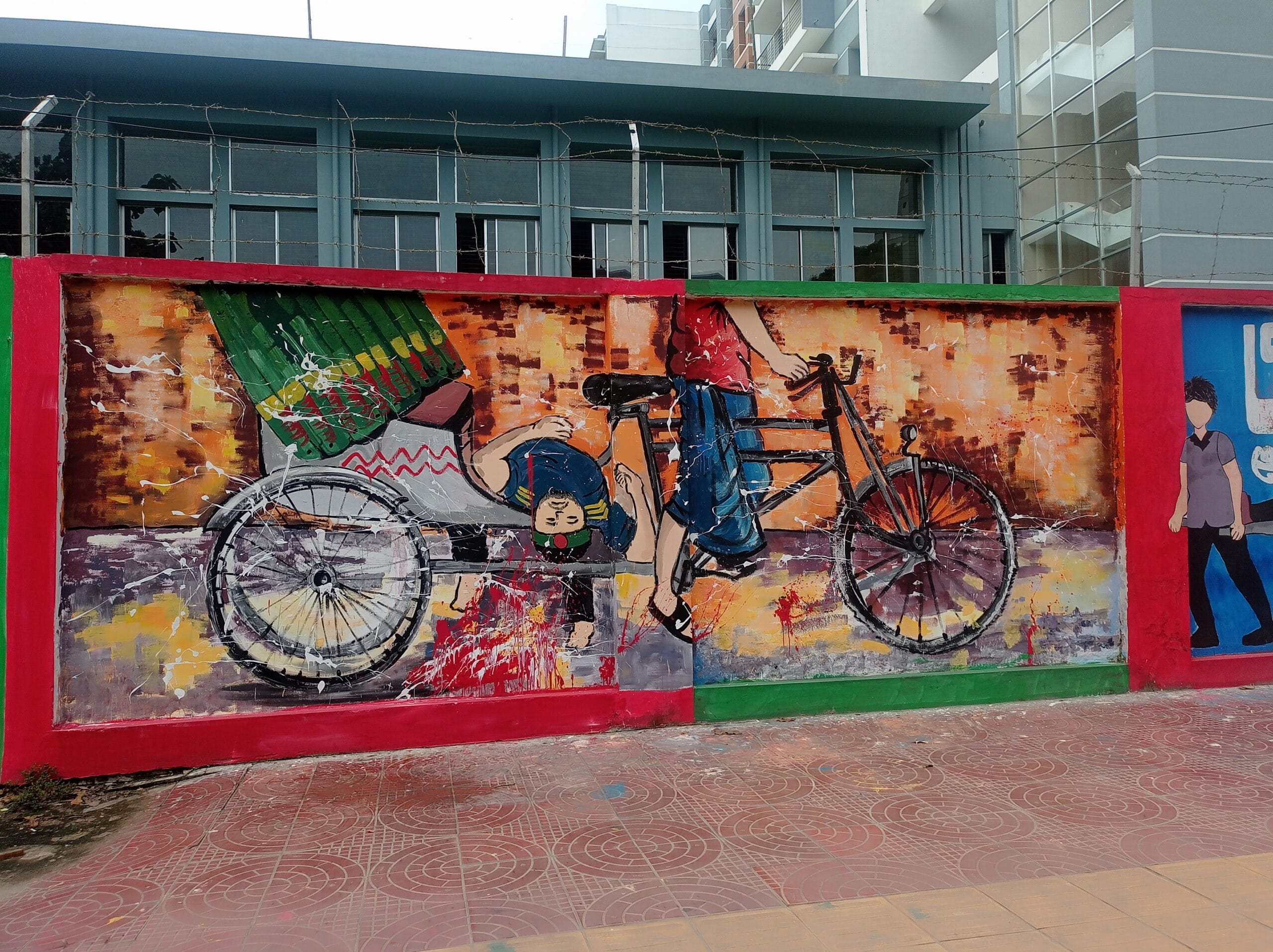
People of all classes, from students, workers, and shopkeepers, took up spray cans and paintbrushes to produce raw and unrefined acts of rebellion. Those included slogans which can be loosely translated as “Drop the drama, love,” “Need some water?,” “Who’s the substitute?—You, me, and all of us!” These are not professional paintings made on the walls by artists; these were the raw art of rage and sorrow. In these ephemeral, bright and colourful paintings – faces of martyrs, raised fists, blood-stained banners, the walls of the city became the voice of a rebellious nation.
On a wall in Shahbagh, there is a slogan in red ink on a black background: “36th of July”. There’s no such date as that but it shows people’s willingness to back the idea that July is not over until the revolution succeeds. These walls were not only used for protest; they brought together the voices of the people, a bridge was created. Each of the painted walls, the facades turned media projections, narrated tales of unity and aspirations of a people refusing to be silenced any longer.
The Legacy of Graffiti
As the protest starts to fade away, the walls of Dhaka continue to speak the stories of the rebellion of multiple generations, of the people. The graffiti, though getting old and rusty by the day, keeps on saying something even after all’s said and done. Though many of these graffiti was removed by the then government who considered it a nuisance, it was ultimately saved by people who considered it an archive. But irrespective of how the city’s walls were treated, the spirit of the movement prevailed.
It was no longer just a method of marking territory, but an emotional and political history of the place. These walls which initially were just a part of the concrete built environment were turned into symbols of defiance. They transformed the public sphere into a sign of memory and fight. Graffiti had not only intensified the protests but also made them noticeable—each picture and a word was a proof of the people’s bravery and the losses they made for justice. These walls turned into a canvas of history, a living history of the people who fought, died and sweated for change.
The action of painting those walls, of staking our claim to a public area, became a beacon of the strength of remembering. As with the Berlin Wall in its time, the walls of Dhaka would bear the testimony of protest once the actual protest was over. The crude rebellious sentiments that were depicted would be engraved in the memory of the people, and the walls of the city would also not be able to remain mute when the people rise.
Graffiti as a voice of the people
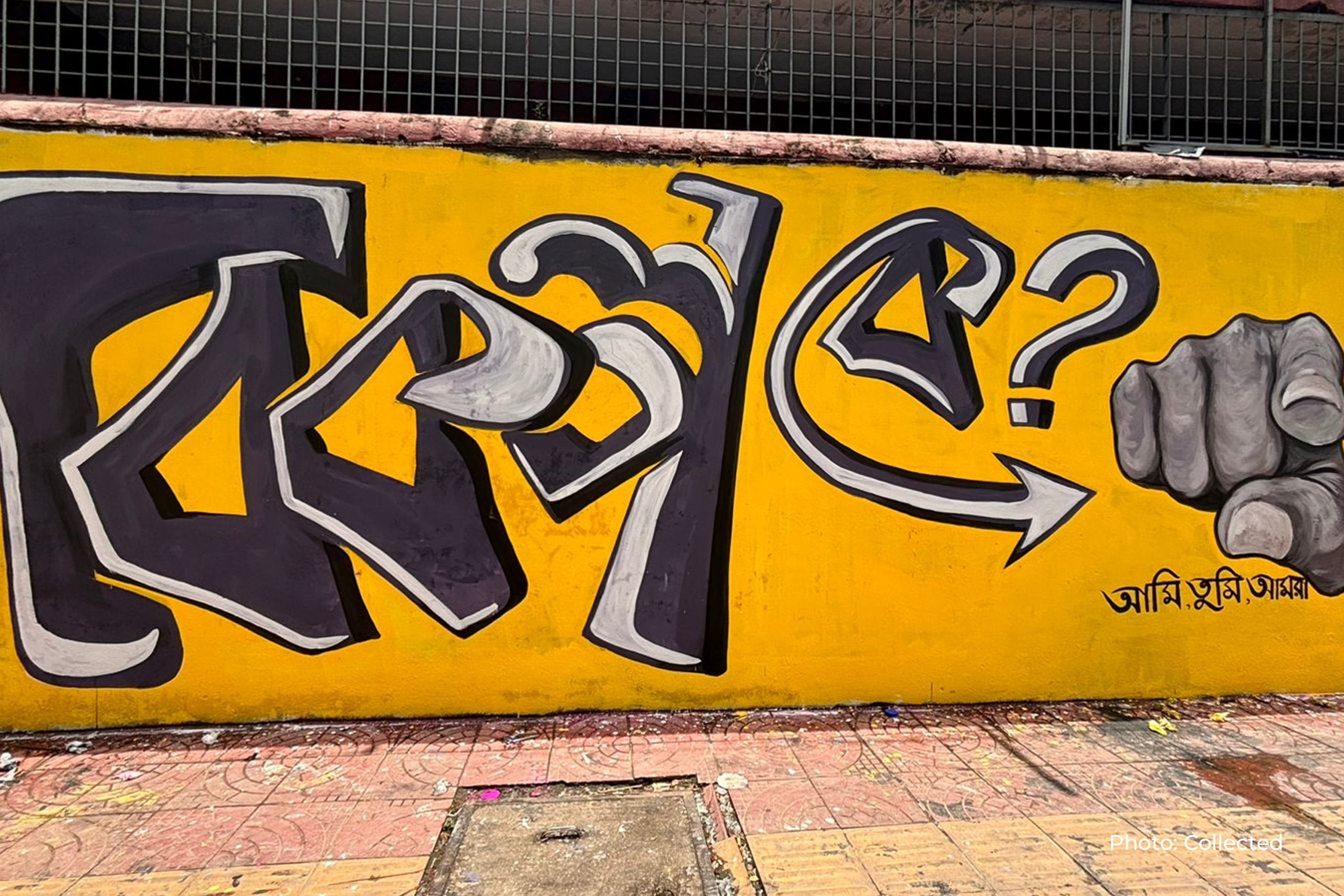
Graffiti has been used as a political statement for a very long time all over the world. In 1968, graffiti was used to protest in the streets of Paris. During the Cold War, it was used on the Berlin Wall. That being said, it had a very different societal meaning in Dhaka.
The people of Dhaka found a way to be heard in every word they painted and every quick stroke of the brush, even when they were being violently repressed. These walls weren’t just places to vent anger; they were also places where everyone felt strong. People who were previously divided came together around the graffiti, with students, workers, and regular people all working toward the same goal. With spray paint, a lot of different kinds of people found a way to speak together that was heard on the streets and stuck with everyone who saw it.
Graffiti that now covers the walls of Dhaka will slowly go away, but its memory will definitely live on. Some people were proud of the words that were sprayed on the walls because they showed how brave the movement was. For some, it was an unwanted distraction and a sight that needed to be taken away. But in the end, the writing showed that the spirit of protest can’t be stopped, even when people try to erase all signs of resistance. The walls of Dhaka remind us that the fight for justice will never be forgotten. The opinions of the people will always be heard, through art, action, and memory, no matter how much time has passed.
As with all great moments of resistance, this one serves as a reminder that the people have the power to take back public places and change the story. As we remember the martyrs of the July 2024 movement, we should also remember that Dhaka’s walls are more than just bricks and mortar. They are history ready to be written again.



